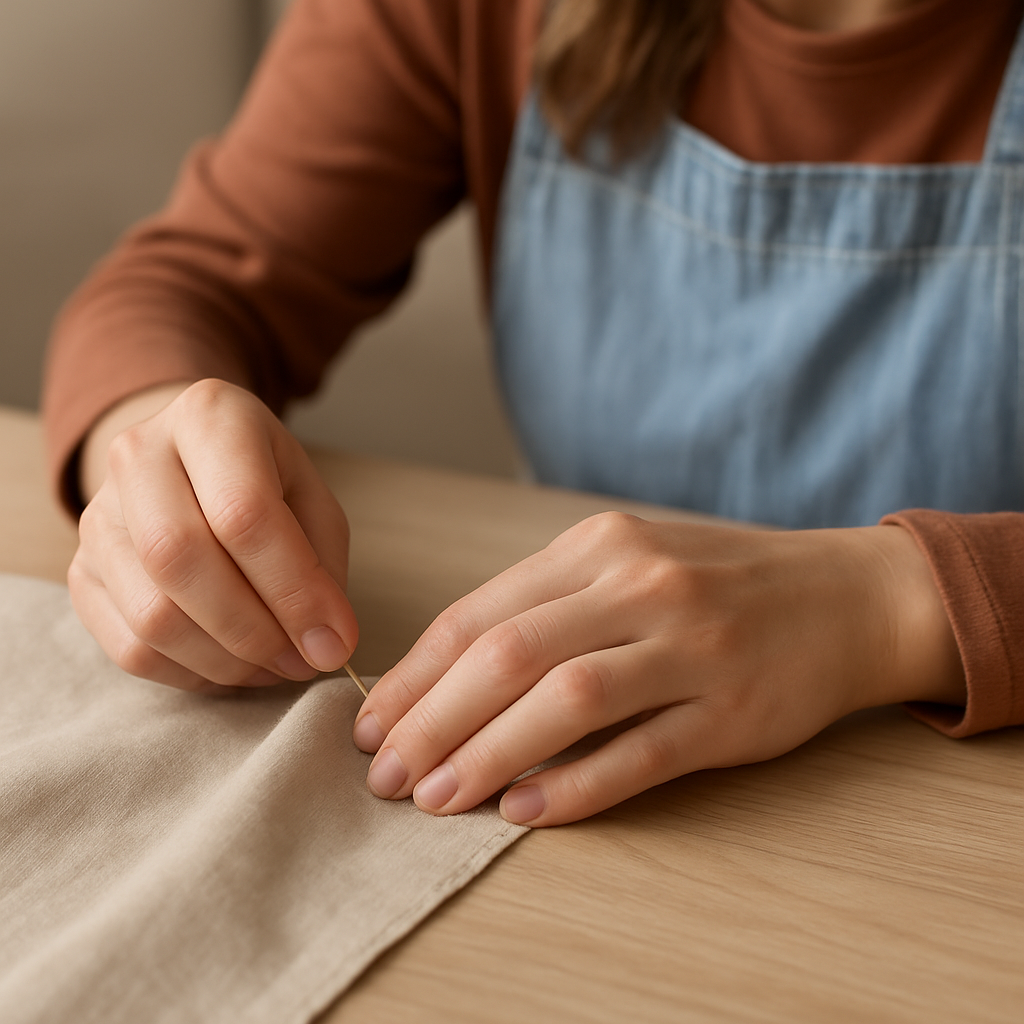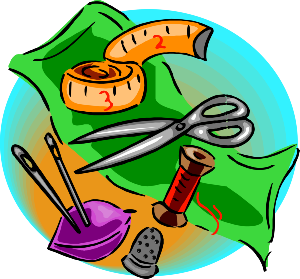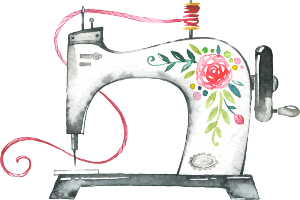How To Sew (Beginner’s Guide That Anyone Can Follow)
How To Sew: Beginner’s Step-by-Step Guide Meta Description: Learn how to sew with this beginner-friendly guide. Step-by-step instructions for hand sewing and sewing machine basics, plus tips, mistakes to avoid, and starter projects.

Learning how to sew is one of those timeless skills that pays you back for life. Whether you’re patching up a favorite shirt, making curtains for your home, or even designing your own clothes, sewing gives you freedom and creativity that store-bought can’t match.
In this guide, I’ll break down sewing into simple, step-by-step instructions that even complete beginners can follow — no jargon, no confusion, just clear action steps.
How to Hand Sew The Perfect Seam (Easy Step-by-Step Tutorial)
"Enjoy this curated video. All rights and credit go to the original YouTube creator."
Why Learn Sewing in 2025?
- Save money: Repair clothes instead of replacing them.
- Customization: Tailor garments to fit you perfectly.
- Creativity: Design unique items (bags, décor, outfits).
- Sustainability: Reduce waste by reusing fabric and fixing rather than tossing.
What You’ll Need Before You Start
- Needle and thread 🧵 — Choose thread that matches your fabric color.
- Fabric — Start with cotton; it’s easier for beginners.
- Scissors — Sharp scissors for fabric, not kitchen ones.
- Pins or clips — To hold pieces together while sewing.
- Optional: Sewing machine — Speeds up the process but not required.

Step-by-Step: How To Sew by Hand
- Thread the needle
- Cut about 18–24 inches of thread.
- Push one end through the needle’s eye.
- Tie a small knot at the other end.
- Start stitching
- Push the needle from the back of the fabric to the front.
- Pull until the knot stops the thread.
- Make a running stitch
- Insert the needle down into the fabric a short distance ahead.
- Pull through and repeat.
- Try to keep stitches even.
- Secure the stitch
- When done, make a small knot at the end by looping the needle through the last stitch and pulling tight.

How To Use a Sewing Machine (Beginner Quick Start)
- Learn the parts: spool pin, bobbin, presser foot, feed dogs.
- Wind the bobbin and thread the top.
- Select straight stitch mode.
- Place fabric under presser foot and lower it.
- Start sewing slowly, guiding fabric with your hands.
Common Mistakes Beginners Make
- Using thread that’s too short or too long.
- Forgetting to knot the thread.
- Pulling too tightly and puckering fabric.
- Skipping pins, which causes uneven seams.
Pro Tips to Level Up Fast
- Practice on scrap fabric before real projects.
- Use contrasting thread at first to see your stitches clearly.
- Watch your posture — shoulders relaxed, wrists loose.
- Learn different stitches (backstitch, whipstitch, zigzag).
Sewing Projects You Can Try as a Beginner
- Fix a loose button.
- Hem pants or skirts.
- Make a simple pillowcase.
- Sew a tote bag.
- Create your own mask or apron.

Final Thoughts
Sewing is more than just a practical skill — it’s a lifelong creative outlet. The first stitches might look uneven, but don’t stop there. Every project makes you better. Start small, enjoy the process, and before you know it, you’ll be creating pieces that friends and family admire.








